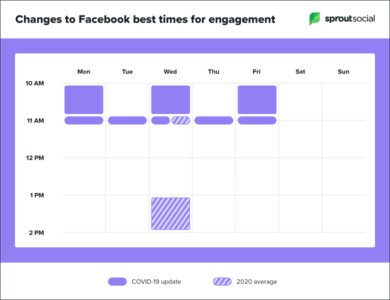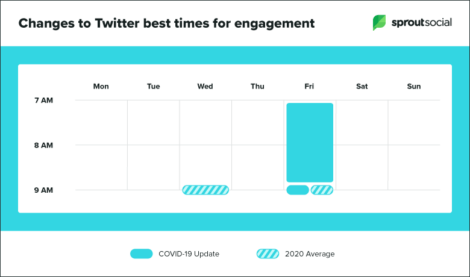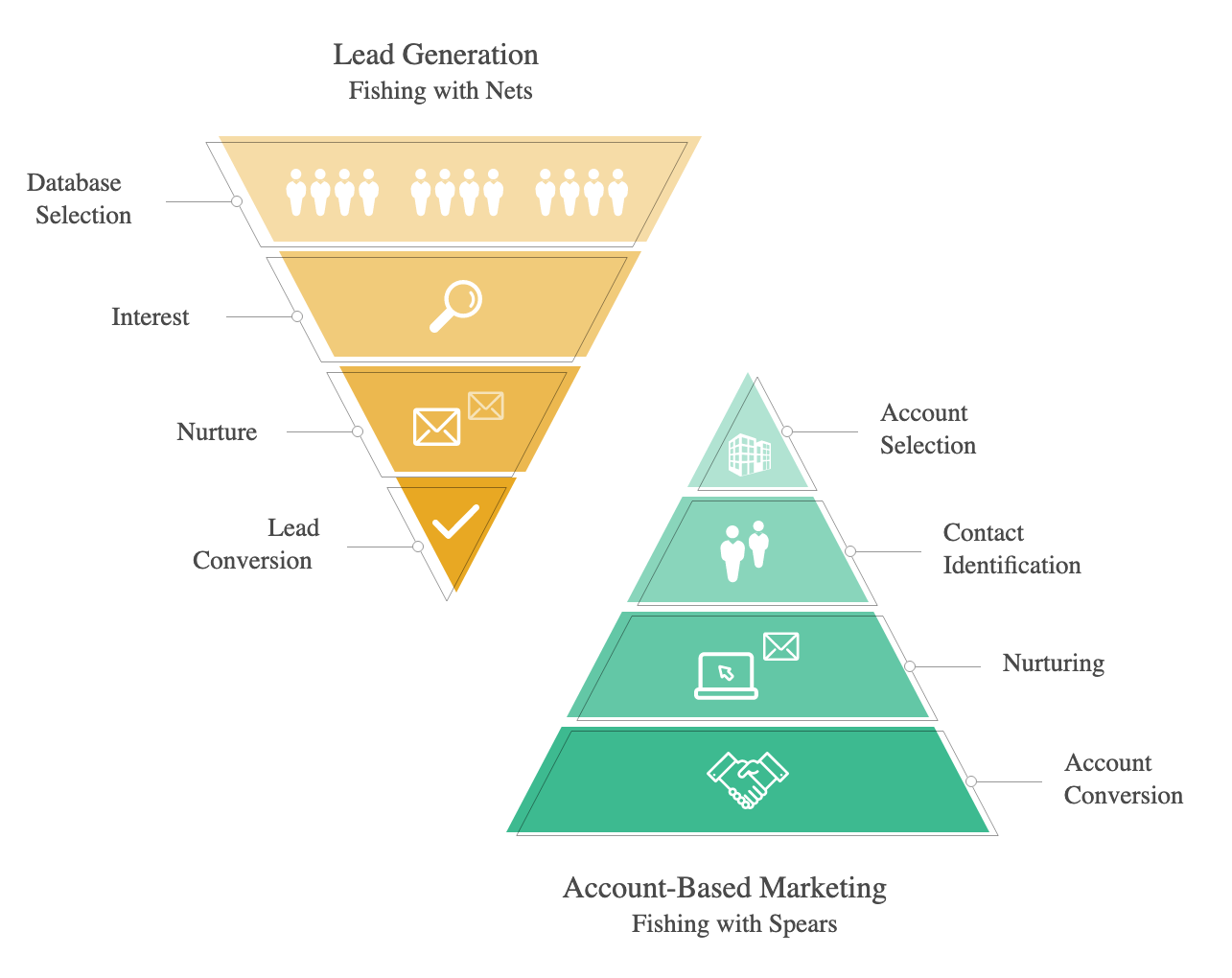Earlier this year, we presented our regular update with the newest data on the simplest times to post on social media. Around nearly the identical time we published this, many individuals and organisations began working remotely, sheltering in situ and otherwise changing their behaviours to assist prevent the spread of COVID-19. As daily routines changed overnight, more of people’s’ daily and work lives shifted to online, and social media became a fair more important tool for connection.
With these changes, we reviewed data from our 20,000+ customers to work out how usage of social media has changed during this point. you’ll use this information to update your strategy and acquire a way of how audiences’ priorities and interests have changed during the course of this global pandemic.
Resources for communicating during the corona virus crisis
Find all of Sprout’s resources to assist teams and social managers navigate their response to COVID-19
As with our earlier have a look at the most effective times to post this year, the way we get this data is analogous to how Sprout’s Optimal Send Times determines the most effective times to induce engagement at a personal account level. to determine how Optimal Send Times can take the guesswork out of adjusting your content calendar, test out a free 30-day trial of Sprout Social. For our insights on how reaction to COVID-19 has reshaped behaviors on social media, read on:
Updates to Facebook times to post
Updates to Instagram times to post
Updates to Twitter times to post
Updates to LinkedIn times to post
Changes in social media message volume
How COVID-19 changed the best times to post on social media
We updated the information pulled for our yearly review of best times to post to indicate the newest data through mid-April 2020. Overall, we found that the simplest times to post have shifted somewhat as more aspects of labor and life move online-first. In some cases, we found that these times have shifted more in only the previous couple of weeks of changed behaviour than they did from 2019 to early 2020–read on for a breakdown by network.
Disclaimer: Data from Sprout Social includes users from various plan types, industries and locations. All time frames are recorded in Central Standard Time Zone (CST). Number of engagements represents total engagements a brand received on the particular channel during that hour time frame
Updates to Facebook times to post
While we previously found that Wednesday from 11 a.m. and 1–2 p.m. were the most effective times to post on Facebook, and Wednesday was a peak day overall, our updated review showed that activity was more consistently high throughout every weekday. Currently, the most effective times to post on Facbook are Monday, Wednesday and Friday from 10–11 a.m. In fact, on a daily basis at 11 a.m. was a small peak compared to the remainder of the day.

Weekends and weekdays after 5 p.m. still showed a major drop off, as remote workers juggling a spread of home and family needs face, in many cases, even more demands on their attention after the everyday work day ends.
Updates to Instagram times to post
Similar to Facebook, the amount of peak times during the week expanded since our previous review for Instagram. Previously, Wednesday at 11 a.m. and Friday from 10 a.m.–11 a.m. were identified because the best times to post. Now, we are seeing that out of an overall very busy span of weekday and dealing hours time, Monday, Tuesday and Friday at 11 a.m. and Tuesday at 2 p.m. are the most effective times to post on Instagram.

Additionally, while our previous analysis showed that Instagram activity carried on with some consistency through early morning and late evening, activity is now rather more concentrated within the work day, with a definite drop-off seen after 6 p.m. On the opposite hand, weekends, including the previous worst day to post Sunday, are now also highly active from about 9 a.m. to 5 p.m. As a more mobile-centric network, Instagram might be taking an even bigger share of your time as a source of entertainment and distraction.
Updates to Twitter times to post

Despite this, the highest time to interact still shifted somewhat as we reviewed the information in April 2020. While it absolutely was previously Wednesday and Friday at 9 a.m., the present best time to post on Twitter is Friday 7–9 a.m., with 9 a.m. showing the height of activity.
Updates to LinkedIn times to post
Since LinkedIn may be a professionally-oriented network, it’s not surprising that behavior has remained largely similar. Like Twitter, the most effective time to post did shift a little: moving from top times at Wednesday from 8–10 a.m. and noon, Thursday at 9 a.m. and 1–2 p.m., and Friday at 9 a.m. to current best times for LinkedIn of Wednesday at 3 p.m, Thursday at 9–10 a.m. and Friday from 11 a.m.-noon.

We also noticed that the hours of standard weekday engagement now start and end a touch later, with activity setting out at 8 a.m. instead of 7 a.m. and wrapping up around 4 p.m. instead of 3 p.m., as noted previously. this might relate to changing remote work patterns, including a drop by browsing for updates during or around a commute.
Changes in social media message volume
We also compared metrics on message and engagement volume, both sent and received, from Q1 2020 to the primary period of April to work out how things changed (or didn’t) as people adjusted to a ‘new normal.’ For this data, we reviewed the degree of various interaction across both networks and industry segments, to work out how audience attention has shifted.
How brand behaviour has changed
Across all industries and networks, the amount of posts sent per day remained about the identical on the average (only dropping by 0.2 post/day) comparing Q1 and April 2020.


A few industries increased their sent message volume during now, especially health care and media and entertainment, both of which became top of mind as people hunt down reliable updates for news on the pandemic, and within the case of entertainment, seek for everything from distraction to inspiration during social distancing.
On the opposite hand, some industries had a sharper decline in published posts during now, particularly sports and travel, both of which are highly impacted thanks to suspensions of activity and restrictions on business as normal. Retail, goods, and education sent messages also dropped, though less dramatically.
When watching all messages broken out by network, outgoing posts published by brands declined slightly on the average across industries:
- Facebook: Outgoing posts decreased by a median of 1.8 posts/day
- Instagram: Outgoing posts decreased by 1.9 posts/day
- Twitter: Outgoing posts decreased by 2.3 posts/day
These changes in outgoing posts add up as brands need to continually re-evaluate their content strategies to best serve their communities because the situation changes. Similarly, we found that audiences are changing their patterns of interaction with social media throughout March and April 2020.
How audiences engage with brands during COVID-19
Much as the most effective times to post have varied across networks supported changing user patterns, we found a range of changes in how audiences are interacting with brands during April 2020 compared to Q1 2020.
Incoming engagements increased on the average by 44 engagements per day across all networks and industries. On a per-post level, they also increased by about 7.3 engagements per post per day
Trends in engagement in many cases followed what we found for changes within the posting volume of various industries. Major increases in engagements per day occurred for goods, health care and media and entertainment, all of which are top-of-mind categories for several as basic aspects of way of life change dramatically. For other industries, as published post volume dropped off out unavoidably because of changing circumstances, engagements also declined–we found this was the case with decreases in sports, retail, legal and nonprofit fields.
While engagement went up, incoming messages to brands actually decreased by 19 messages per day averaged across all networks. No industries saw a rise in incoming messages comparing the primary period of time of April to Q1 2020. Industries that saw the next than average decline were nonprofit, retail and sports.
Broken out by network, we saw this trend reflected further on both Facebook and Twitter:
- Facebook comments decreased by 5.6 per day
- Facebook PMs decreased by 2.1 per day
- Twitter @ messages decreased by 16 per day
Twitter Retweets decreased by 20.8 per day.
Out of those interactions, those on Twitter dropped across all industries. For Facebook, comments decreased across all industries except healthcare and media and entertainment. For Facebook PMs, only messages to media and industry accounts increased.
Instagram showed the sole increase in incoming messages, with a median increase of 6.4 comments per day. Out of changes to Instagram comment volume, goods, media and entertainment and software were the industry segments showing much more than average increases.
This data shows how quickly behavior on social media can change in line with audiences’ changing daily routines. Shifting patterns of focus between remote work and college, changes in primary device usage and restrictions on activity have significantly changed how audiences interact with social over the course of just some weeks.
What’s next
Given the fluid situation around COVID-19, the sole certainty is that audience behavior will still change dramatically over the subsequent few weeks and months. the most important updates we found after just some months suggest that brands will still face challenges, highlighting the necessity to consistently review and reprioritize their strategy throughout 2020.
Our findings at the industry and network level can function a suggestion on what you’ll expect, but it’s also important to remain on top of your own brand’s data and identify your best opportunities for fulfillment . As we noted here, different industries have seen dramatically different impacts supported reaction to the pandemic, and makes of all sizes will must take under consideration complexities like individual state responses because the situation continues. Social media marketers have a chance to still keep their organizations updated on audience sentiment and behavior, using the wealth of insights available through social data.
If you’re trying to find ideas on getting started along with your own brand’s response to COVID-19, read our complete crisis management guide or see all our resources, including useful features within the Sprout platform here:
Resources for communicating during the coronavirus crisis
Find all of Sprout’s resources to assist teams and social managers navigate their response to COVID-19
About the info
All referenced data on social messages received relies on the social media profiles and self-reported industries of 11,038 brands reviewed between January 1, 2020 and April 15, 2020.
The messages analysed included Facebook posts and Tweets directed to a brand via tagging or @message, posts and business reviews on public Facebook pages, comments on brand-created Facebook and Instagram content, and retweets with comments.
REF: Sprout Social.



